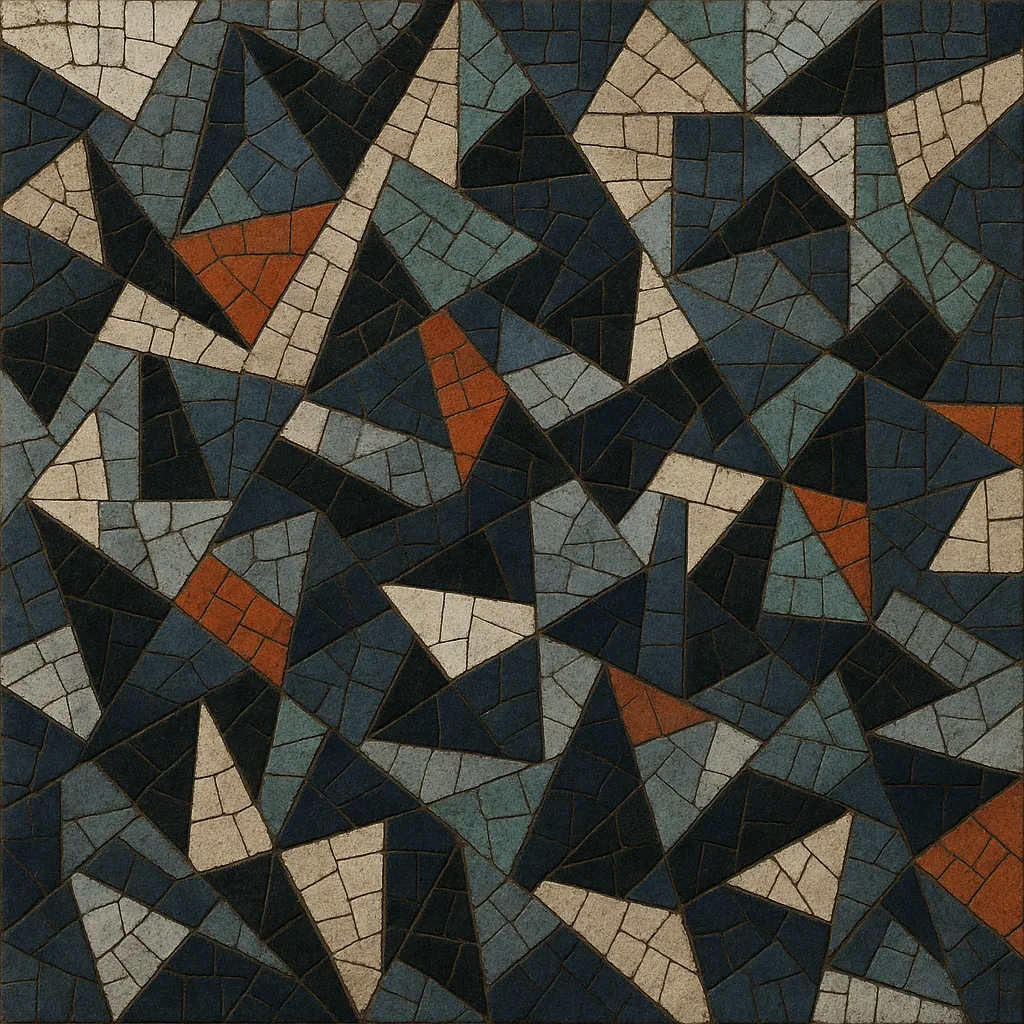Serialism is a compositional method in which musical parameters are organized into ordered series that govern a work’s structure. Most famously, twelve‑tone serialism uses an ordered row of the 12 pitch classes, deploying transformations such as prime, inversion, retrograde, and retrograde inversion to avoid traditional tonal hierarchy.
While Schoenberg’s twelve‑tone technique focuses on pitch, post‑war composers expanded the idea to "total" or "integral" serialism, applying series to rhythm, dynamics, articulation, timbre, and register. The results often emphasize clarity of event over tonal center, pointillistic textures, and rigorous formal control.
Aesthetic outcomes range from Berg’s expressive lyricism to Webern’s ultra‑condensed, crystalline writing, and later to the highly systematized post‑war European avant‑garde. Serialism remains a cornerstone of 20th‑century modernist practice, whether embraced, extended, or reacted against by subsequent movements.
Serialism emerged in the early 1920s in Vienna, Austria, when Arnold Schoenberg systematized a method for organizing pitches via a twelve‑tone row. His aim was to provide structural coherence after the breakdown of functional tonality. Early landmarks include the Suite for Piano, Op. 25, and wind and chamber works in which the row and its transformations shape melodic and harmonic content.
Schoenberg’s pupils Alban Berg and Anton Webern adopted the technique but with distinct aesthetics. Berg often retained expressive gestures and occasional tonal references, while Webern pursued radical concision, sparse textures, and precise orchestration that would profoundly influence post‑war modernism. Together, their oeuvre established serialism as a central modernist language.
After World War II, serial thinking expanded at Darmstadt courses and WDR Cologne studios. Composers such as Pierre Boulez, Karlheinz Stockhausen, Luigi Nono, Karel Goeyvaerts, and Henri Pousseur extended serialization to rhythm, dynamics, articulations, and timbre—so‑called integral serialism. Olivier Messiaen’s pedagogical influence (e.g., Mode de valeurs et d’intensités) catalyzed younger composers, while electronic studios enabled precise control of serialized parameters.
In the United States, Milton Babbitt developed rigorous, mathematically informed serial practices, including pitch‑class set theory applications and time‑point systems. In Italy, Luigi Dallapiccola helped integrate serialism with lyrical impulses; elsewhere, figures like Bruno Maderna, Humphrey Searle, and René Leibowitz promoted and adapted the idiom.
By the 1960s, some composers reacted against serialism’s complexity, turning to indeterminacy, minimalism, or timbre‑centered approaches (e.g., spectralism). Yet serial techniques remained influential—absorbed into new complexity, hybrid tonal/serial languages, electroacoustic composition, and contemporary classical practice. Whether as a toolset or a target of critique, serialism shaped the aesthetics, pedagogy, and theory of late 20th‑century music.


